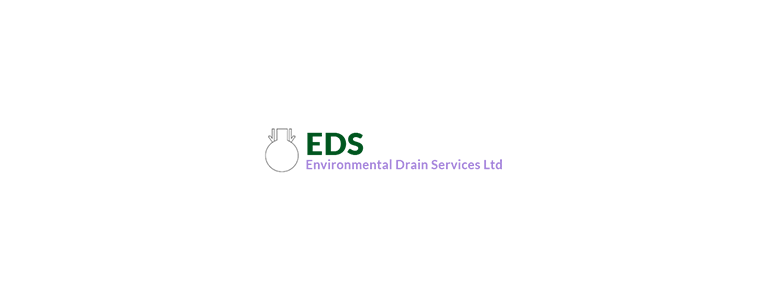Have you ever wondered how sewage is treated? I bet you lay awake at night pondering how sewage treatment works? Well, wonder no more – for here are the facts, and also why what you pour down the drain can seriously affect your sewage treatment plant.
Sewage treatment (whether large scale industrial or private individual) uses colonies of live natural micro-organisms to break down pollutants in the sewage. Chemicals, many of which are found routinely in the household, can inhibit or kill these micro-organisms when used in excessive amounts. Let’s look in more specific terms at which household chemicals can destroy the micro-organisms that are so so important to your sewage treatment facilities.
Sewage Treatment Public Enemy Number 2
Most common household cleaning products are acceptable if used in accordance with the manufacturer’s instructions for dilution, but sometimes even these can be a problem. If for example you are the mum who drew the short straw and has to wash the whole rugby club kit, even an excess of biological detergent can affect the biomass development.
A bottle of bleach tipped down a toilet of a property linked to mains sewers would be virtually undetectable amongst the millions of gallons of sewage arriving at a large treatment works. A similar bottle of bleach tipped down a toilet linked to a domestic sewage treatment plant could, however, be a lethal dose to the poor micro-organisms. Although they can usually recover over time, until they get their strength back though, be prepared for some extremely unpleasant smells coming from your drains!
If you are linked to a septic tank or sewage treatment plant, just remember the Golden Rule.. If in doubt, LEAVE IT OUT!
Don’t forget to read up on our Public Enemy Number 1 blog from last week for more information on how to maintain a healthy septic tank or sewage treatment plant.

